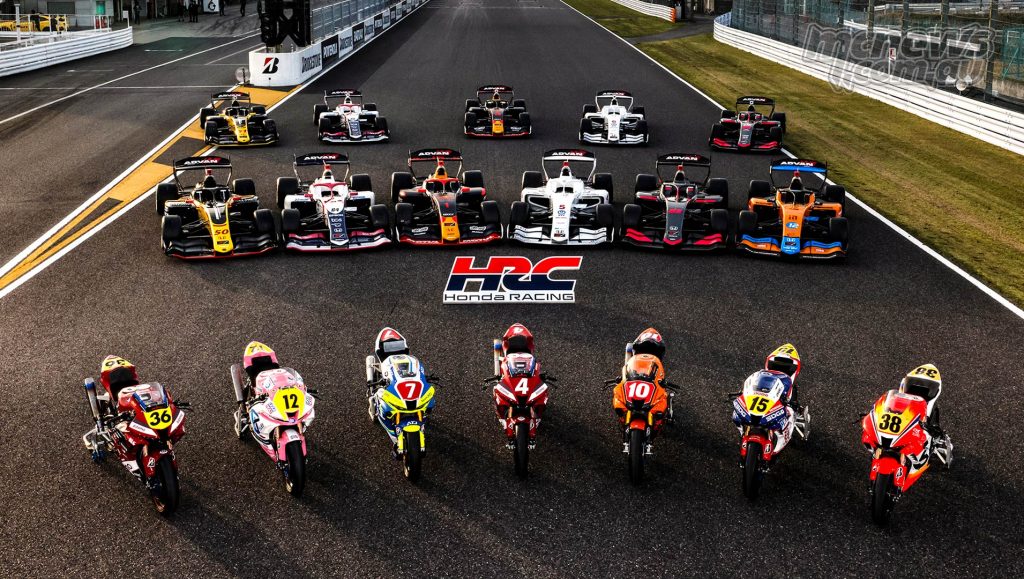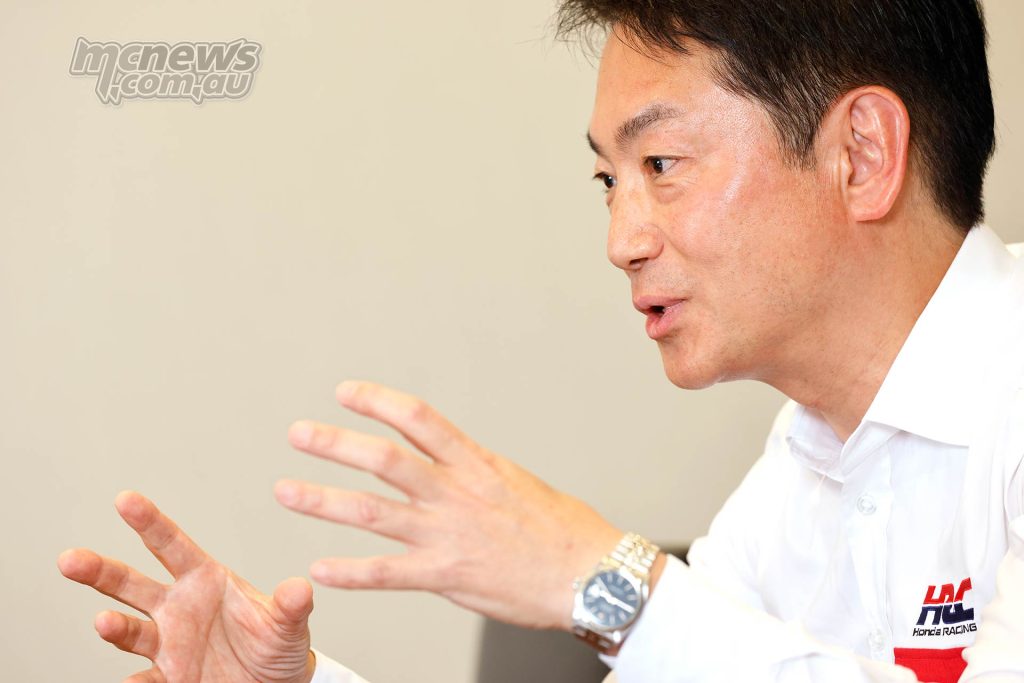HRC four-wheel and two-wheel synergy
Honda recently announced its full return to the F1 World Championship starting in 2026, this time in the form of supplying power units to the Aston Martin Aramco Cognizant Formula One Team.
The major change, compared with Honda’s F1 activities over the past four seasons, is that HRC will be responsible for Honda’s F1 activities as a racing company.
Koji Watanabe – HRC President
“A new corporate organisation has been established to carry out F1 activities, which is very significant. Until now, our activities have been projects, gathering people and money, disbanding when the project was over, and repeating. However, going forward, we (HRC) will be responsible for the racing company’s activities.
“Being a company, of course, we have a budget that includes expenses for technological development with an eye to the future, such as sustainable carbon-neutral fuels, high-performance motors, batteries, and so on.
“Even in our partnership with the Aston Martin F1 Team, our goal is not only to support the parent company, but also to make HRC as close to independent profitability as possible. This will lead to our continued F1 activities. How much profit will we generate in the future? Well, although it would be best to be profitable from our racing activities alone, this reality is not likely. Therefore, we would like to increase HRC’s brand value by achieving solid results in our racing activities first, and then create HRC’s own unique merchandise and services to achieve independent profitability in the future.”
The four concepts of HRC
“First is to further elevate the Honda brand through HRC’s motorsports activities. Second is continuing our commitment to sustainable carbon neutrality. Third is contributing to Honda’s motorcycle (two-wheel) and automobile (four-wheel) business by motorsports activities, which is very important.
“In particular, four-wheel motorsports activities have had little linkage with our business so far. Going forward, we expect this category to make solid contributions to our business. This is essential for us to continue our motorsports activities as a company. Lastly, we want to let a wide range of customers enjoy themselves. Not only watching races but participating in racing schools and one-make races, lining up base cars for customer races will provide opportunities and environment for more customers to enjoy racing, as well as expanding the base of motorsports. These are our four main objectives.
“Inside Honda the cultures of two-wheel and four-wheel are quite different. Therefore, we started with the understanding that it would be somewhat challenging to work together as a company. In fact, it took the entire first year to complete the integration because everything was different, such as operation, structure, purchasing systems, etc.
“In the second year, we are beginning to make progress in the collaboration between the two-wheel and four-wheel categories.
 “Presently, the stagnation of MotoGP is a major issue for Honda/HRC, so we have determined to regain our strength with an all-HRC structure. To this end, the four-wheel development team is involved in MotoGP development, and is moving to produce tangible results as soon as possible.
“Presently, the stagnation of MotoGP is a major issue for Honda/HRC, so we have determined to regain our strength with an all-HRC structure. To this end, the four-wheel development team is involved in MotoGP development, and is moving to produce tangible results as soon as possible.
“On the other hand, two-wheel has a long history as a racing company, so we know races and race operations. Two-wheel also has established a business model where HRC makes race parts and delivers them via dealers for users.
“The four-wheel business is just beginning to develop this aspect. There is much to learn from motorcycles in terms of such know-how. In that sense, I am convinced that the collaboration between motorcycles and automobiles will produce something even greater than we initially expected.“
























